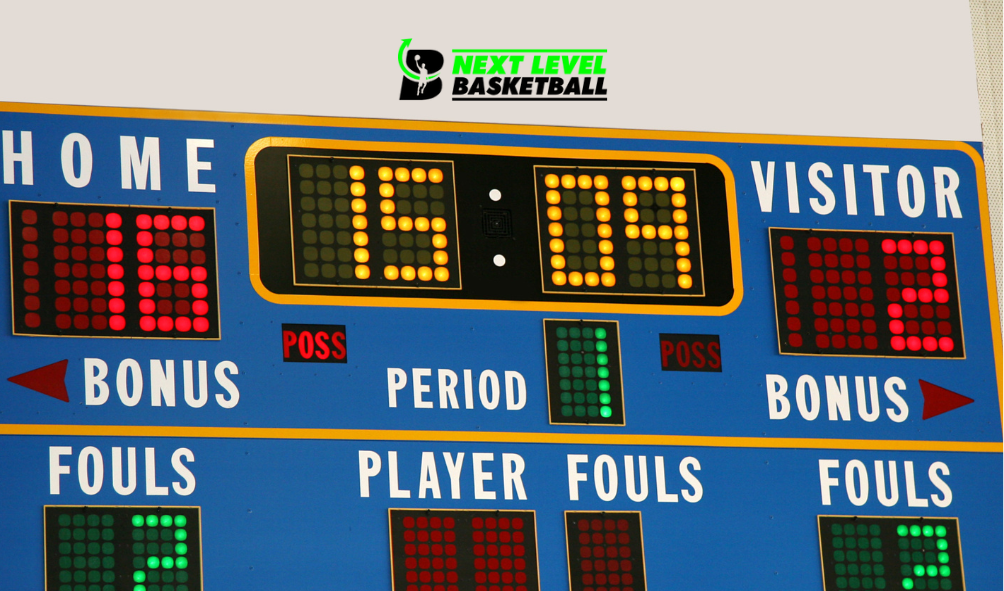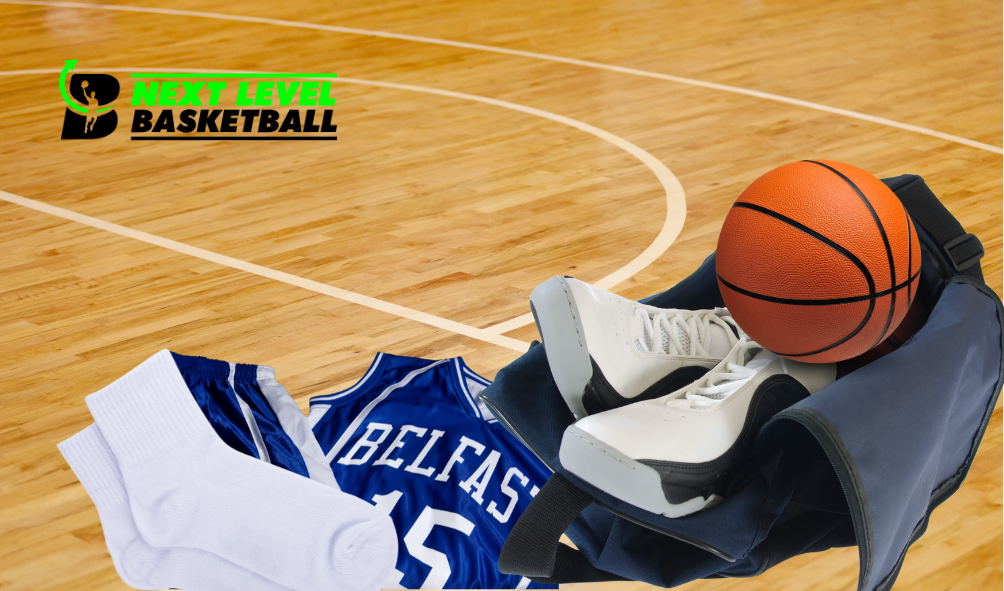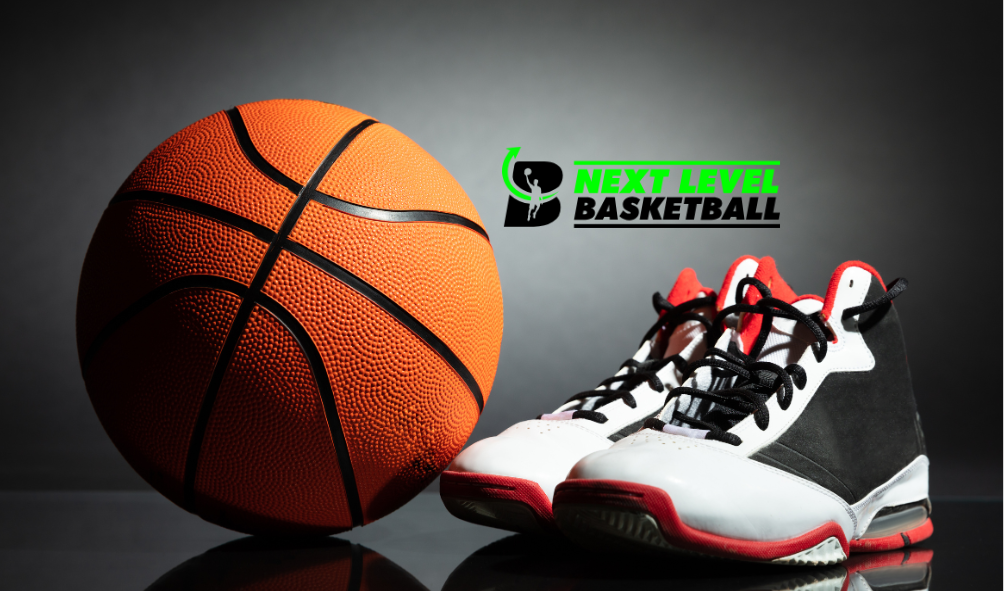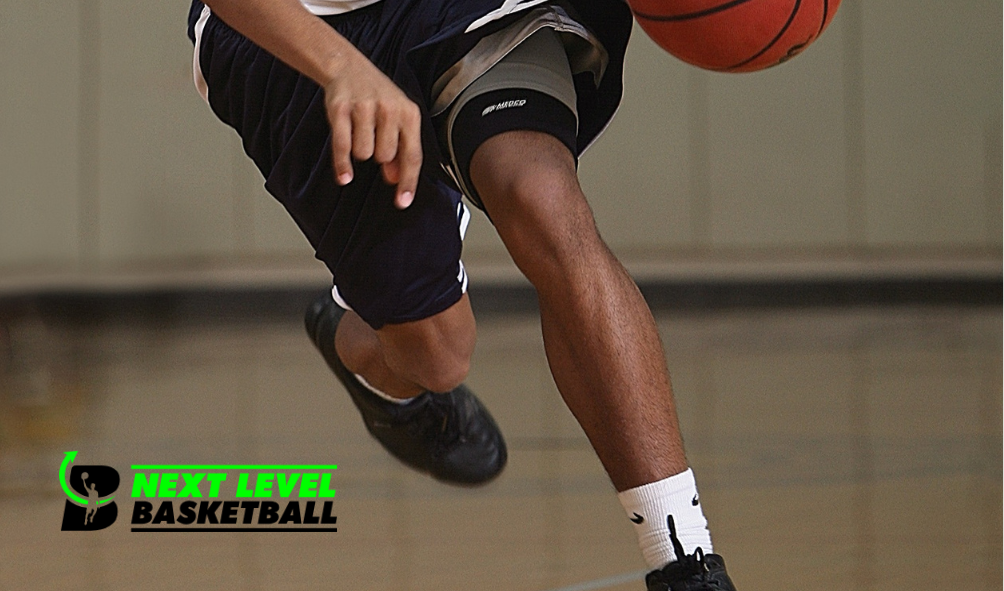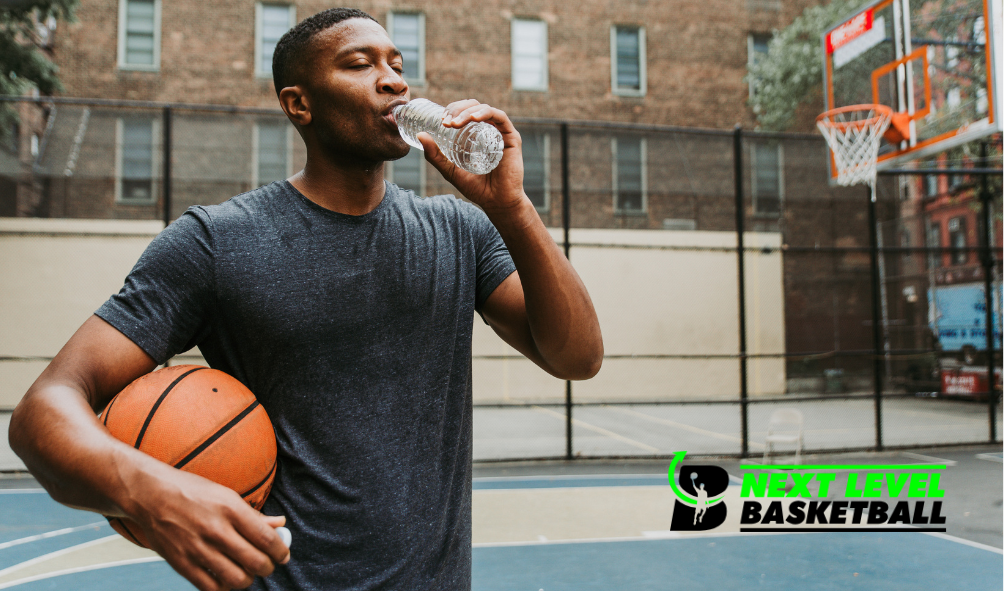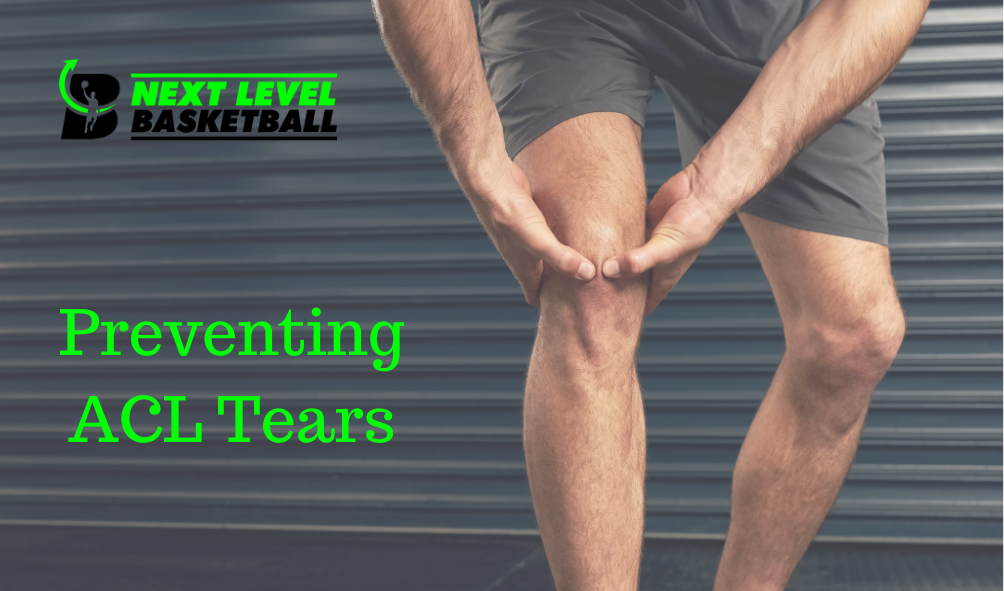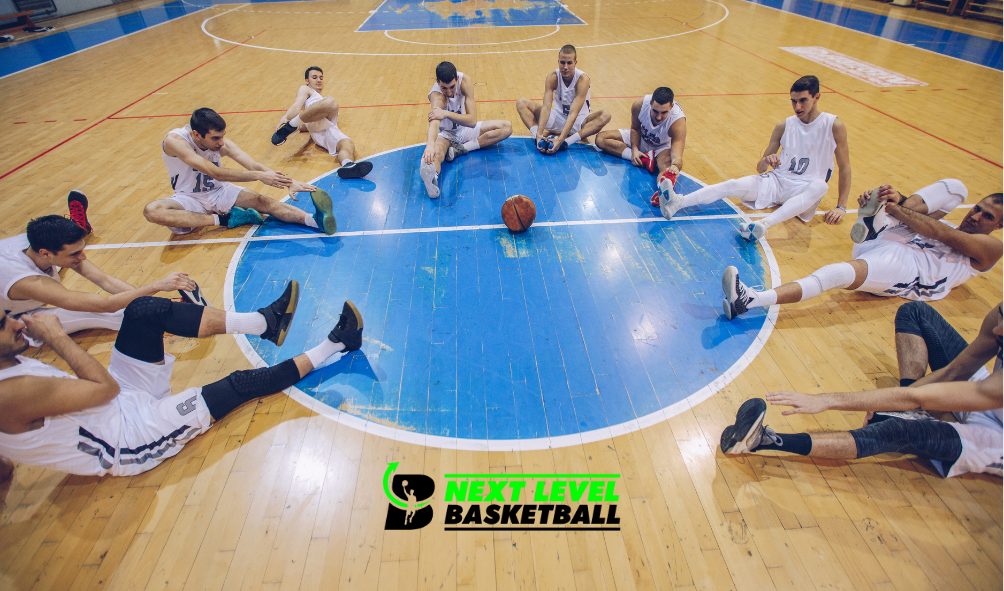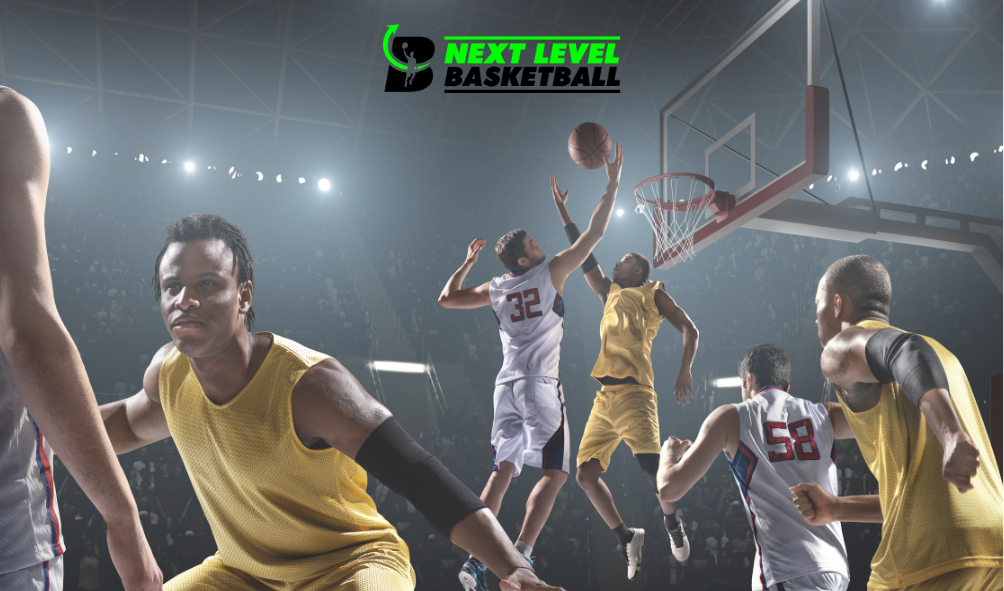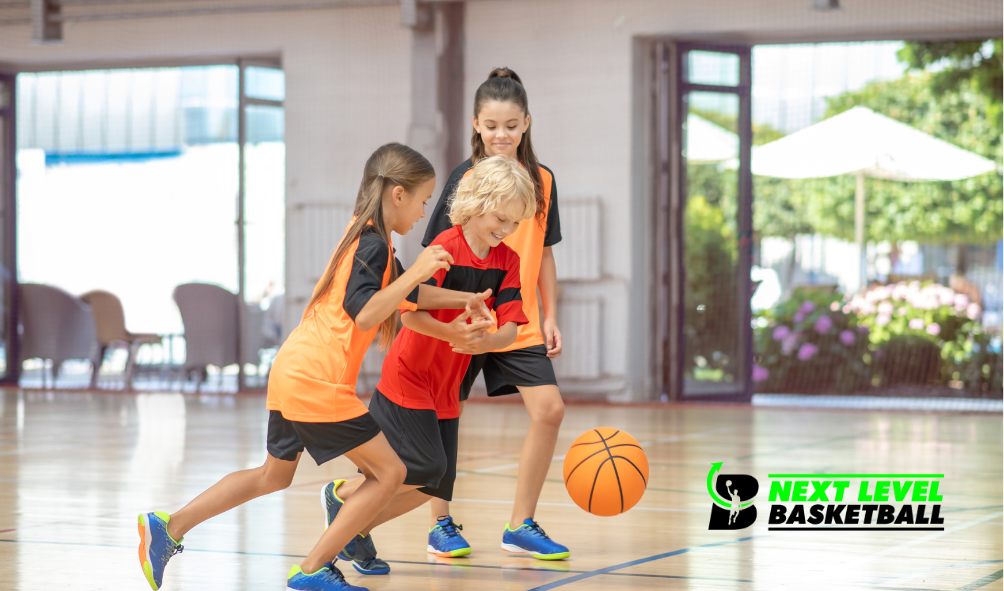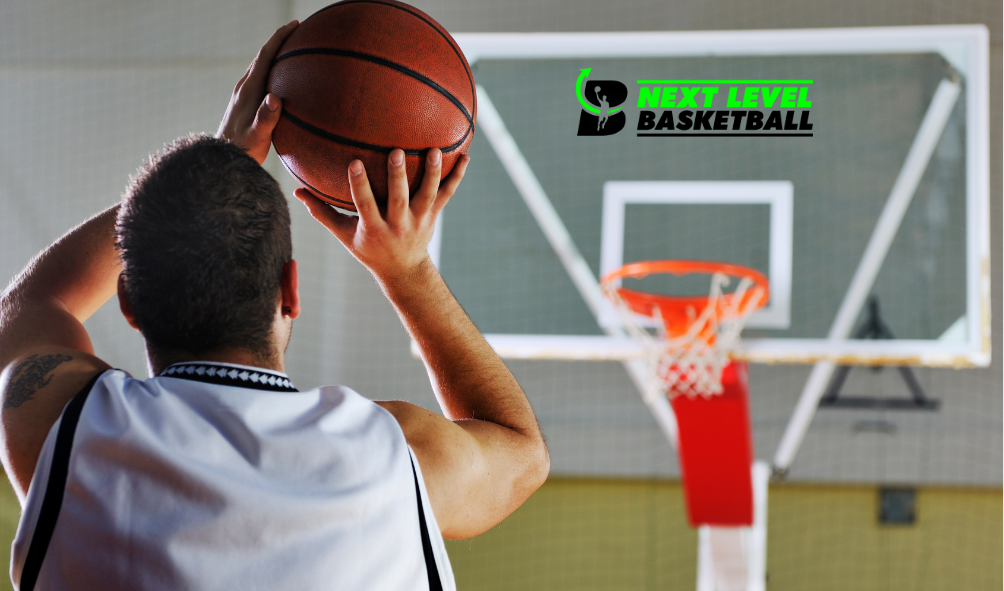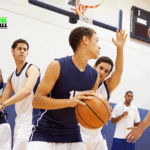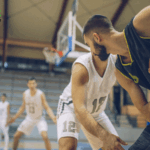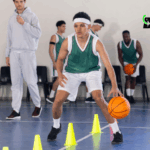Introduction To Travel Basketball
Travel basketball is a highly competitive and dynamic aspect of youth sports that offers young athletes an opportunity to hone their skills, experience high-level competition, and engage with the game beyond the traditional confines of school basketball. Unlike recreational leagues, travel basketball often involves elite players who aspire to elevate their game to new heights. Teams typically participate in tournaments held regionally or nationally, providing exposure to a broader range of playing styles and strategies, significantly contributing to a player’s development.
The world of travel basketball requires a significant commitment from players and their families. Traveling to various cities for tournaments, maintaining rigorous training schedules, and balancing academics with sports can be challenging yet rewarding. The exposure to different teams and competitive environments helps young athletes build resilience, adaptability, and teamwork. Additionally, through these competitive experiences, players often garner attention from scouts and college recruiters, which can open doors to opportunities at the collegiate level and beyond.
Moreover, travel basketball allows athletes to build lasting friendships and learn valuable life skills such as discipline, time management, and leadership. For many young players, the experience of being part of a travel team deeply enriches their love for the sport and lays the groundwork for personal development, whether they continue to play competitively or simply for the joy of the game.
Benefits Of Playing Travel Basketball
Playing travel basketball offers a multitude of benefits for young athletes who are passionate about the sport. One of the primary advantages is the exposure to a higher level of competition. Unlike local leagues, travel basketball often brings together top talent from various regions, allowing players to test their skills against some of the best. This can significantly accelerate their development and foster a deeper understanding of the game.
Additionally, travel basketball enhances teamwork and communication skills. The time spent together during practices, games, and travel can create a strong bond among teammates, teaching players the importance of collaboration and trust on and off the court.
Moreover, frequent travel introduces players to diverse playing styles and strategies, expanding their tactical knowledge and flexibility. This exposure often breeds adaptability, a crucial trait for any athlete. Travel basketball also offers opportunities for visibility among college scouts and coaches, which can be advantageous for those aiming to play at the collegiate level. Lastly, participating in travel basketball can instill discipline and time-management skills.
Balancing academics with rigorous travel and practice schedules encourages players to prioritize tasks effectively. Overall, the experience gained in travel basketball fosters athletic prowess and contributes to personal growth, preparing young athletes for future endeavors, both within and beyond the realm of sports.
How To Join A Travel Basketball Team
Joining a travel basketball team can be an exciting opportunity for young athletes to enhance their skills, gain competitive experience, and foster teamwork. Aspiring players should begin by researching local travel basketball programs to embark on this journey. These programs often operate through community centers, schools, or independent clubs, each offering different levels of competition and coaching styles. It’s important to understand the commitment required, as travel basketball involves frequent practices, weekend games, and tournaments that may take place out of town.
Once a suitable program is identified, prospective players must attend tryouts. These tryouts are typically announced well in advance, providing enough time for athletes to prepare. At tryouts, coaches evaluate players based on skills, teamwork, and potential. Demonstrating proficiency in fundamental basketball skills, such as dribbling, shooting, passing, and defense, along with a positive attitude and willingness to learn, can greatly enhance one’s chances of making the team.
Networking with current team members or coaches may also provide valuable insights into the selection process and expectations. Additionally, players should maintain good academic standing, as many programs emphasize the importance of education. After successfully joining, players and their families should be ready for a rewarding experience that includes travel, rigorous competition, and personal growth on and off the court.
Understanding Travel Basketball Tournaments
Travel basketball tournaments are an integral part of the travel basketball experience, providing players with opportunities to compete at higher levels and gain exposure to diverse playing styles. These tournaments typically attract teams from various regions, offering a platform for young athletes to showcase their skills in a competitive environment. Understanding the structure and dynamics of these tournaments is essential for players, coaches, and parents alike.
At their core, travel basketball tournaments are organized over weekends or extended periods, featuring a pool play format followed by elimination rounds. Teams are grouped into pools where they play a set number of games. Performance in these initial games often determines seeding for the playoff rounds, culminating in a championship game or series. The tournaments may be sanctioned by governing bodies like AAU or independent organizations, each having its own set of rules and regulations, which can differ slightly from standard high school or youth basketball competitions.
Travel tournaments offer players a chance to compete against top-tier talent, which aids in development and fosters a competitive spirit. Coaches benefit from evaluating their team’s performance against diverse opponents and making tactical adjustments. For parents, these events provide opportunities to bond with other families and support their child’s passion. Ultimately, travel basketball tournaments are vital in shaping the youth basketball landscape, encouraging growth, teamwork, and resilience.
Balancing Academics And Travel Basketball
Balancing academics and travel basketball can be a challenging endeavor for student-athletes, yet it also presents a valuable opportunity to develop essential life skills such as time management, discipline, and prioritization. The demanding schedule of travel basketball, with practices, games, and travel, often conflicts with academic responsibilities. However, managing these obligations successfully requires a strategic and disciplined approach.
First, effective planning is key. Student-athletes must maintain a well-organized calendar that includes school assignments, test dates, and basketball commitments. By doing so, they can anticipate busy periods and allocate sufficient time to complete schoolwork. Prioritizing tasks based on deadlines and importance also helps in efficiently managing one’s workload.
Communication plays an important role as well. Student-athletes should establish open lines of communication with teachers and coaches. This allows them to inform both parties of potential scheduling conflicts and seek accommodations or support when necessary. In some cases, teachers may offer extensions on assignments, while coaches might provide flexibility for particularly demanding academic periods.
Moreover, student-athletes should embrace the mindset that education is as important as their sports aspirations. Maintaining this perspective can motivate them to commit equally to both areas. Parents, coaches, and teachers can support this balance by encouraging healthy study habits and reinforcing the value of education alongside athletic achievements. With dedication and support, student-athletes can thrive academically while pursuing their passion for travel basketball.
Tips For Success In Travel Basketball
Success in travel basketball begins with a strong foundation in skills and discipline both on and off the court. Dedication to regular practice is crucial; players should focus not only on improving their fundamental skills such as dribbling, shooting, and passing, but also on developing their physical fitness and endurance. Emphasizing teamwork is essential as players often come from different schools and backgrounds.
Building chemistry on and off the court will enhance performance during games and can lead to strong, lasting friendships.
Mental resilience is another key aspect of succeeding in travel basketball. Due to the high level of competition, players must learn to handle pressure and overcome setbacks. Parents and coaches can support this by fostering a positive environment where players feel encouraged to take risks and learn from mistakes. Time management skills are also critical since travel basketball requires a significant commitment.
Successfully balancing academics, family, and basketball means prioritizing responsibilities and sometimes making sacrifices.
Finally, players should maintain a healthy lifestyle, ensuring adequate nutrition and rest to keep up with the demands of frequent travel and intense gameplay. Staying injury-free by incorporating proper warm-up routines and recovery strategies is vital. With the right mindset and a commitment to continuous improvement, players can thrive in the competitive world of travel basketball.
Looking for a basketball academy to equip you for travel basketball? Get in touch with Next Level Basketball. Call 954-621-8470 for your first session.
